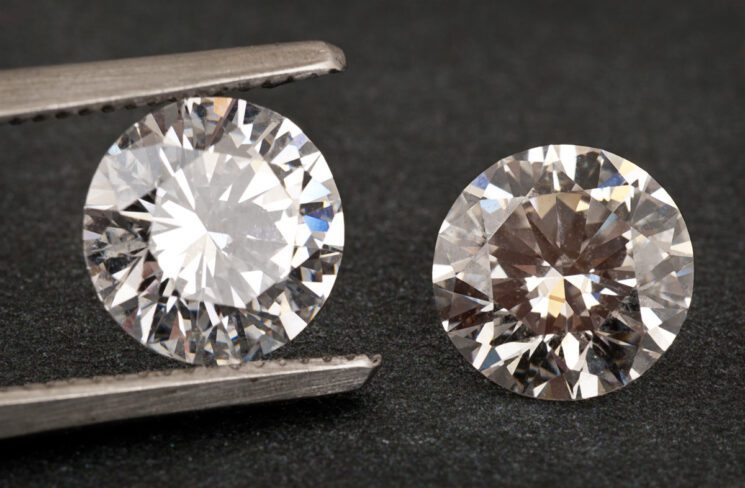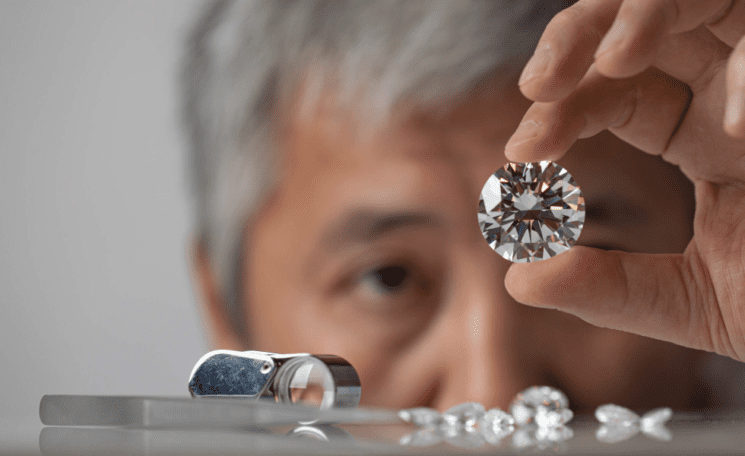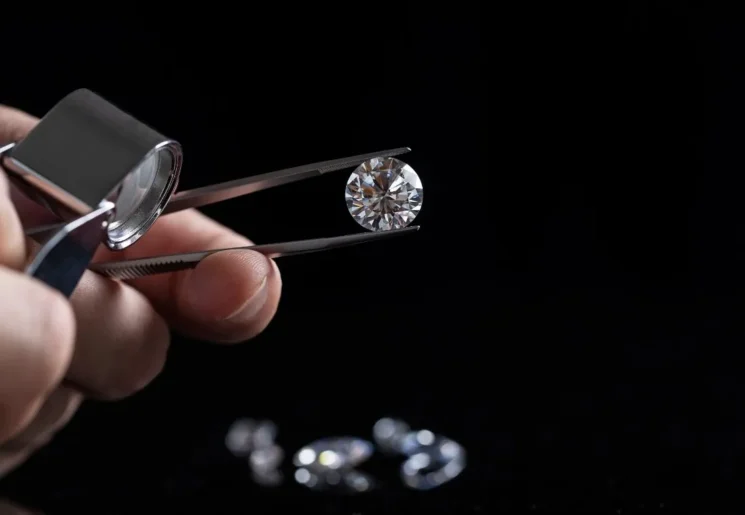For decades, diamonds have been a symbol of love, wealth, and status. They have been the center of attention in various events, such as engagements, weddings, and anniversaries. However, the traditional way of obtaining them has long been associated with human rights violations, environmental degradation, and unethical practices. As a result, lab grown diamonds have gained popularity in recent years. In this blog post, we will discuss their growth, the manufacturing process, and the benefits of choosing them over natural diamonds.
In This Post
Comparison with Natural Diamonds

Lab grown diamonds are physically, chemically, and optically identical to natural ones. However, the primary difference is the way they are obtained. Natural ones are mined from the earth’s crust, which can be a dangerous and unsustainable process. On the other hand, lab grown ones are created in a controlled environment that mimics the earth’s natural conditions. They are made using advanced technology and scientific processes, resulting in diamonds that are free of the ethical concerns that surround natural ones.
Benefits of Lab Grown Diamonds
The benefits of choosing lab grown diamonds are numerous
– Firstly, they are more affordable than natural diamonds. They can be up to 30% less expensive than natural ones of the same size and quality. This makes them an excellent option for those who want to save money on engagement rings, wedding bands, or other jewelry pieces. Lab diamond rings are a beautiful and socially responsible choice for those who value sustainability and ethics in their jewelry.
– Secondly, they are eco-friendly. Traditional diamond mining practices cause significant damage to the environment, including soil erosion, deforestation, and water pollution. In contrast, lab grown ones are created in a controlled environment, which reduces the carbon footprint associated with diamond mining.
– Thirdly, they are conflict-free. Natural diamonds have been associated with human rights violations, including child labor and exploitation. Lab grown ones are created without these ethical concerns, making them an ethical and socially responsible choice.
Raw Materials for Lab Grown Diamonds

The raw materials required for lab grown diamonds are carbon atoms and a small diamond seed crystal. The carbon atoms are obtained from a variety of sources, including methane gas, ethanol, or even human ashes. The seed crystal is placed in a vacuum chamber, and the carbon atoms are heated until they vaporize and deposit on the seed crystal. This process is called Chemical Vapor Deposition (CVD).
Types of Lab Grown Diamond Manufacturing Processes
There are two primary methods for creating lab grown diamonds: Chemical Vapor Deposition (CVD) and High-Pressure High-Temperature (HPHT).
Chemical Vapor Deposition (CVD) Process Explained
The CVD process involves placing a small diamond seed crystal in a vacuum chamber and introducing a carbon-rich gas, such as methane, into the chamber. The gas is then heated until the carbon atoms vaporize and deposit on the seed crystal, layer by layer, until a diamond is formed. The CVD process is relatively slow, and it can take several weeks to grow a diamond that is large enough for use in jewelry.
High-Pressure High-Temperature (HPHT) Process Explained
The HPHT process involves placing a small diamond seed crystal in a chamber with graphite and a metal catalyst. The chamber is then subjected to intense heat and pressure, replicating the conditions found deep within the earth’s mantle. This causes the graphite to melt, and the carbon atoms to bond to the seed crystal, layer by layer, until a diamond is formed. The HPHT process is faster than the CVD process and can produce larger diamonds in a shorter amount of time.
Post-Growth Treatments for Lab Grown Diamonds

Once the lab grown diamond is formed, it undergoes several post-growth treatments to improve its clarity and color. These treatments include polishing, cutting, and heat treatment.
Polishing involves removing any surface scratches or imperfections from it. Cutting involves shaping the diamond into a particular cut, such as a round brilliant or princess cut. Heat treatment can improve its color or remove any internal flaws.
It’s important to note that some lab grown diamonds may have inclusions or blemishes, just like natural ones. However, these imperfections are usually less visible and can be easily hidden by a skilled jeweler.
The Future of Lab Grown Diamonds
As more consumers become aware of the benefits of lab grown diamonds, their popularity is expected to continue to rise. According to a report by ResearchAndMarkets.com, the lab grown diamond market is expected to grow at a compound annual growth rate of 6.79% by 2025.
Lab grown diamonds are already being used in various industries, such as the semiconductor and electronics industries, due to their unique properties. It’s possible that in the future, they may be used in more industries, such as medicine and construction.
Ethical Considerations and Sustainability of Lab Grown Diamonds
One of the main reasons why consumers choose them is because they are more ethical and sustainable than natural ones. They are produced in a controlled environment, which reduces the environmental impact associated with diamond mining. They are also produced without the ethical concerns that surround their natural opponents, such as human rights violations and conflict.
However, it’s important to note that the production of lab grown diamonds still has some environmental impact. The manufacturing process requires significant amounts of energy, and the raw materials used to create them may come from non-renewable sources. Additionally, their disposal can also be an issue, as they are not biodegradable and may end up in landfills.
Conclusion

In conclusion, lab grown diamonds are an ethical, sustainable, and affordable alternative to natural ones. They are physically, chemically, and optically identical to their natural rivals, but without the ethical concerns and environmental impact associated with traditional diamond mining. Their manufacturing process involves either Chemical Vapor Deposition (CVD) or High-Pressure High-Temperature (HPHT), and post-growth treatments can improve their clarity and color. As the market continues to grow, it’s important to consider the ethical and environmental impact of their production and disposal.